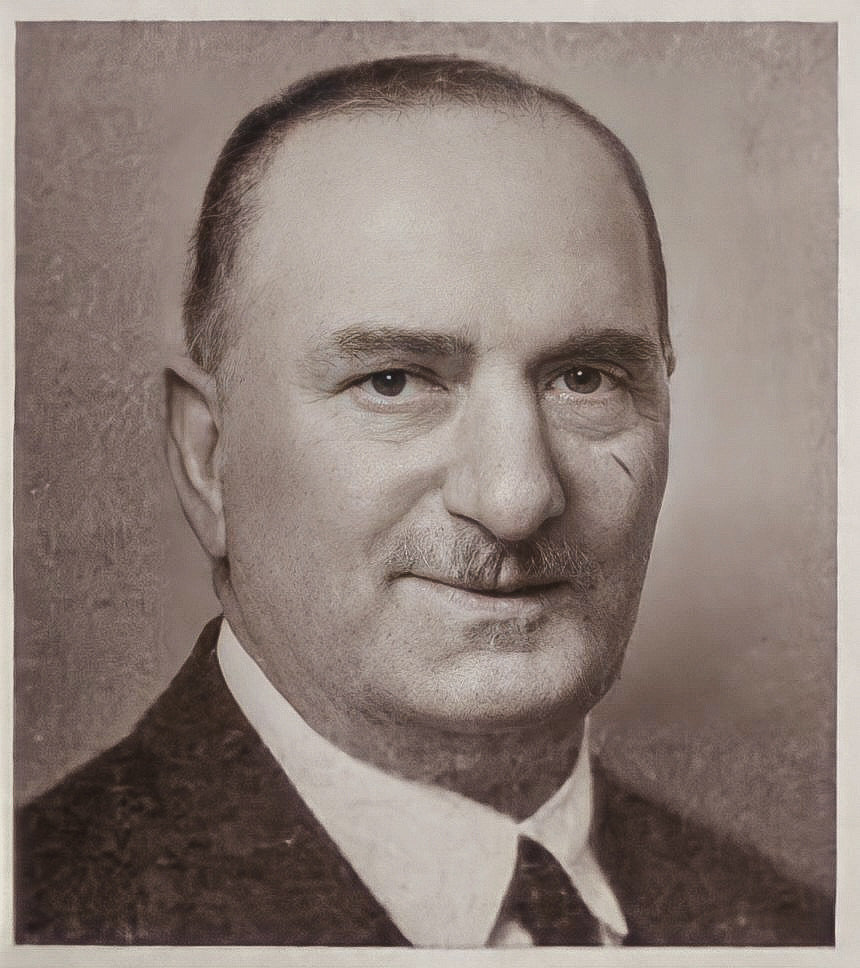In the annals of sports history, the story of A.E. Penfold emerges as a captivating narrative of innovation and passion that forever altered the landscape of golf. Albert Ernest Penfold, known by his initials A.E., was not merely a craftsman but a visionary who left an indelible mark on the game he loved.

Born in 1884, an era brimming with possibilities, A.E. Penfold's journey into the realm of sports equipment began with various groundbreaking patents. His early foray into innovation set the stage for what would become a lifelong pursuit of perfection in the world of sports. A natural scientist, Penfold was a rubber savant responsible for some of the biggest innovations in golf. His first breakthrough came while working for the India Rubber, Gutta Percha and Telegraph Works Company, commonly known as the Silvertown Company. The gutta-percha was the ball of choice back then and the common “gutty” was a dull gray and hard to find, even on the fairway. Penfold developed a way to make a pure-white gutta-percha ball. It was a smash hit, and Penfold was named director of golf ball development for Silvertown in 1911. He started piling up patents for Silvertown almost immediately, retaining the rights to one, for a lattice-type dimple marking. That patent would eventually play a huge role for Penfold.

By 1919 Penfold had taken his talents and patents to the Dunlop Company. Within three years, he developed the very first golf ball to carry the name Maxfli. Two years later, Penfold developed and patented a tennis ball manufacturing method to keep balls from going flat. By 1927, Penfold struck out on his own and started Golf Ball Developments Inc. and Penfold Golf Ltd. He set up a factory on Bromford Lane in Birmingham, England.

In 1927, he founded Golf Ball Developments Ltd. With a capital of 5000 he and his son, Dick, built a single storey building of approximately 2000 sq.ft on Bromford Lane in Birmingham, England. He would then become synonymous with quality and craftsmanship. The then production target was 500 dozen balls per week, all of first grade quality, 250 dozen being the standard British size under the brand name Bromford taken from the name of the area where the factory was built, and the remainder under the Penfold name with 1.65" diameter. 2 men and 20 women were employed, together with 1 engineer/fitter.

As his golf balls adorned fairways, A.E. Penfold's influence reached far beyond the confines of a golf course. His meticulous attention to detail and relentless pursuit of excellence set a standard that resonated with golf enthusiasts and professionals alike.
Albert Penfold spent the 1930s commuting between New York and the UK., building his businesses in both countries. A June 1934 feature in Golf Illustrated titled “A Golf Ball Scientist” described Penfold as an engineer “dedicated to the perfection of the modern golf ball” and a “hearty, tweedy Britisher with an outdoor complexion and a cheery manner.”
“Penfold knows exactly to the last precise detail the reasons for any ball’s action in flight and usually has figured it out scientifically with pencil and paper before the molds are made.” – Golf Illustrated, 1934

By 1936, Penfold had made it necessary to set up a factory in the USA. He set up at Bush Terminal in Brooklyn, NY. A blurb in the Brooklyn Daily Eagle said, “Penfold, the golf ball manufacturer of Birmingham, England, is opening an American factory in Bush Terminal. A well—Penfold insists upon artesian well water—has already been sunk.” With that, Penfold became one of the first, if not the first, golf ball manufacturers with factories in both Europe and the U.S.
On the night of Feb. 17, 1941, the British merchant ship Siamese Prince was steaming through rough seas north of Ireland towards Liverpool. It left New York a few days earlier with the captain, 56 crew members, two gunners and nine passengers on board.
At just after 9 p.m., the Siamese Prince was hit by a torpedo from the German U-Boat U-69. Twenty minutes later, it was hit by a second torpedo. A third hit the Siamese Prince half an hour later, sending her to the bottom. All 68 aboard perished, including Albert Ernest Penfold. "News of Mr. Penfold's loss was witheld in the hope that he had been picked up ny an outbound ship or was a prisoner of war. It is now known that none of the Siamese Prince's passengers, officers, or crew survived" wrote Goldom whilst reporting his death.

Though an untimely demise, A.E. Penfold's story is more than a chronicle of inventions and patents; it's a testament to his enduring passion for the game. His legacy lives not only in the tangible products bearing his name but in the ethos of Penfold Golf—a brand that continues to evoke a sense of timeless elegance and innovation.
While specific details about the later chapters of A.E. Penfold's life remain elusive, the impact of his contributions to sports equipment endures. The Penfold brand, under his stewardship, became a symbol of quality, precision, and a deep understanding of the sports he touched.
In the tapestry of golfing history, A.E. Penfold's story is a chapter that continues to inspire, reminding us that the pursuit of excellence and a genuine passion for the game can transcend time, leaving an everlasting legacy.

